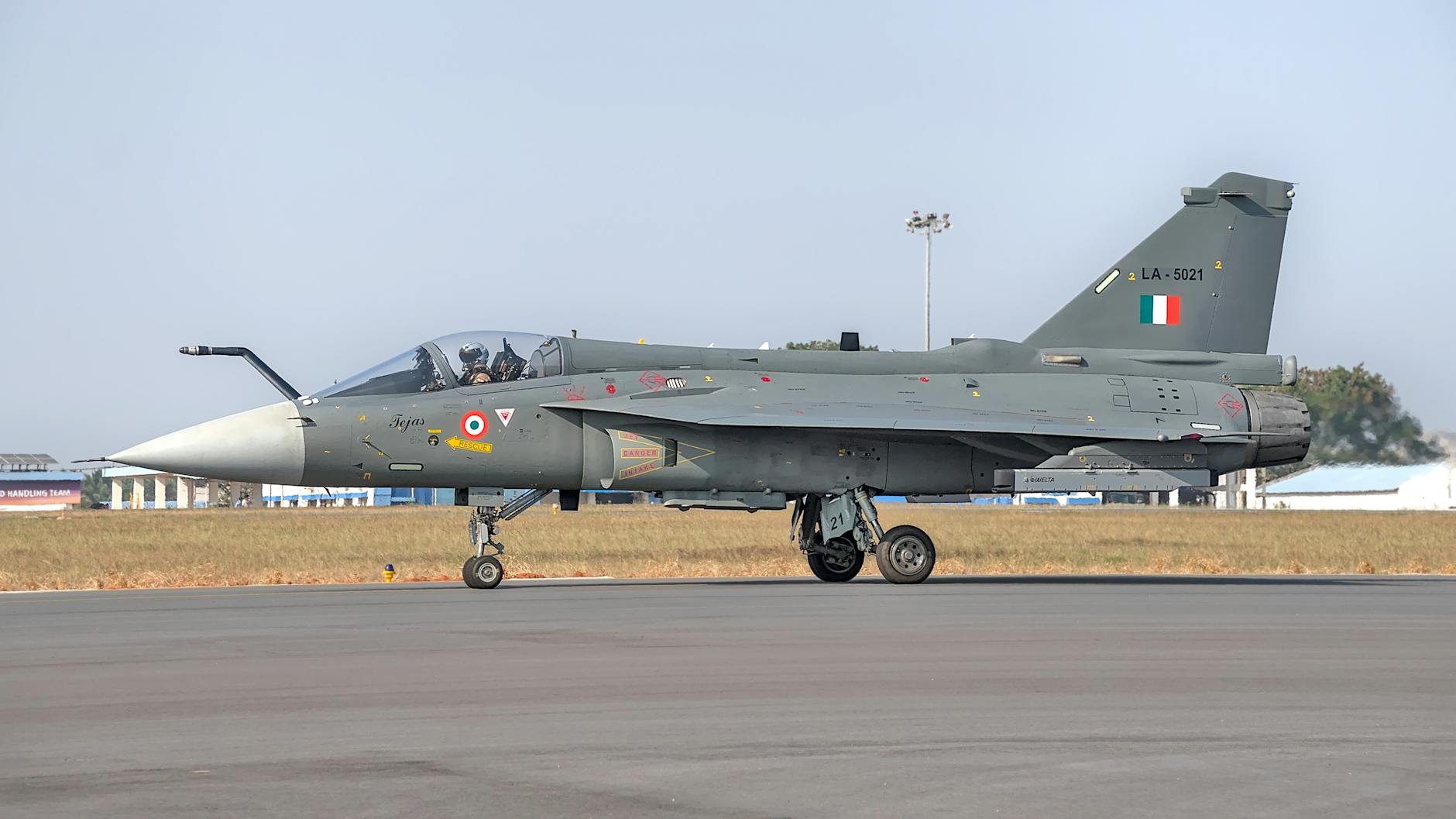Tejas Fighter Jet: India’s Answer to the Skies
You know how we Indians love a good underdog story? Well, the Tejas is exactly that—a scrappy homegrown fighter taking on the big boys like Rafale and F-35. And here’s the thing: it’s not just about the tech specs. This jet represents something bigger—our stubborn refusal to keep importing defense gear when we can build our own. But let’s be real, can it actually compete? Buckle up, because this isn’t your typical defense analyst jargon. I’ll break it down like we’re chatting at a Delhi coffee shop.
1. The Tejas Story: From Drawing Board to Runway
1.1 How It All Began
Picture this: It’s the 80s, and our Air Force is stuck with ancient MiG-21s that feel like flying coffins. The LCA project was born out of sheer desperation—we needed something made in India, for India. But between budget cuts and tech hurdles, the Tejas took its sweet time. First flight in 2001? Yeah, and then another 15 years before it actually entered service. Classic Indian project timeline, right?
1.2 What’s Flying Today
Here’s where it gets interesting. The Tejas isn’t just one jet anymore:
- Mk-1: The OG version. Decent, but you can tell it’s a first attempt.
- Mk-1A: This is where things get spicy—AESA radar, better electronics, and they finally added mid-air refueling. About time!
- Mk-2 (Coming Soon): HAL’s taking the training wheels off. Bigger, meaner, and actually meant to compete with modern jets.
2. Why the Tejas Matters More Than You Think
2.1 The Price Tag That Changes Everything
Let me put it this way—one Rafale costs as much as three Tejas jets. And the F-35? Don’t even get me started on its maintenance bills. For a country that needs to replace hundreds of old fighters, this math isn’t just nice—it’s survival.
2.2 The Self-Reliance Angle
Remember how we panicked during the Russia-Ukraine war over spare parts? That’s exactly why the Tejas program is crucial. We’re finally making our own toys—60% indigenous now, and climbing. It’s not perfect, but it’s ours.
3. Tejas vs. The World: David vs. Goliath?
3.1 Up Against the Rafale
Okay, the French beauty can carry more and fly farther. But here’s the kicker—in a dogfight over our borders, the Tejas’ agility and electronic warfare upgrades might just surprise everyone. Plus, we can afford to have more of them in the air.
3.2 The F-35 Comparison
Look, nobody’s saying the Tejas is stealthy. But at $8,000 per flight hour versus the F-35’s $36,000? That’s the difference between taking a Uber and chartering a private jet every time you need milk.
3.3 Our Old Friend SU-30MKI
The Russian beast is faster, sure. But in modern warfare, it’s not just about speed—it’s about who sees who first. The Tejas’ smaller radar signature and better electronics give it a real shot.
4. What’s New in the Latest Versions
4.1 The Uttam Radar
This is our secret sauce—an Indian-made AESA radar that can look everywhere at once. Game-changer? Absolutely.
4.2 Electronic Warfare
DRDO’s new EW suite means the Tejas can now play dirty—jamming enemy systems and spoofing missiles. Survival just got easier.
4.3 The Engine Upgrade
The planned GE F414 engine for Mk-2 is like swapping a Maruti 800 engine for a BMW—20% more power means it can actually carry meaningful weapons.
5. The Harsh Reality Check
5.1 HAL’s Production Mess
Here’s the ugly truth—we’re building 16 jets a year when we need at least 24. It’s like showing up to a gunfight with half a pistol.
5.2 Selling It Abroad
Argentina and Malaysia are interested, but let’s be honest—we’re up against China’s aggressive JF-17 marketing. This isn’t just about having a good product; it’s geopolitics.
5.3 What Comes Next
The Mk-2 is coming, and then there’s the AMCA—our 5th gen dream. But dreams don’t win wars. Execution does.
Final Thoughts
The Tejas isn’t perfect—but perfection wasn’t the point. It’s about proving we can do this ourselves. Every time a Tejas takes off, it’s a middle finger to the skeptics who said India couldn’t build a modern fighter. Will it beat an F-35 in a straight fight? Probably not. But it doesn’t have to—it just needs to be good enough to protect our skies while we build something better. And that? That’s progress.
Source: News18 Hindi – Nation










